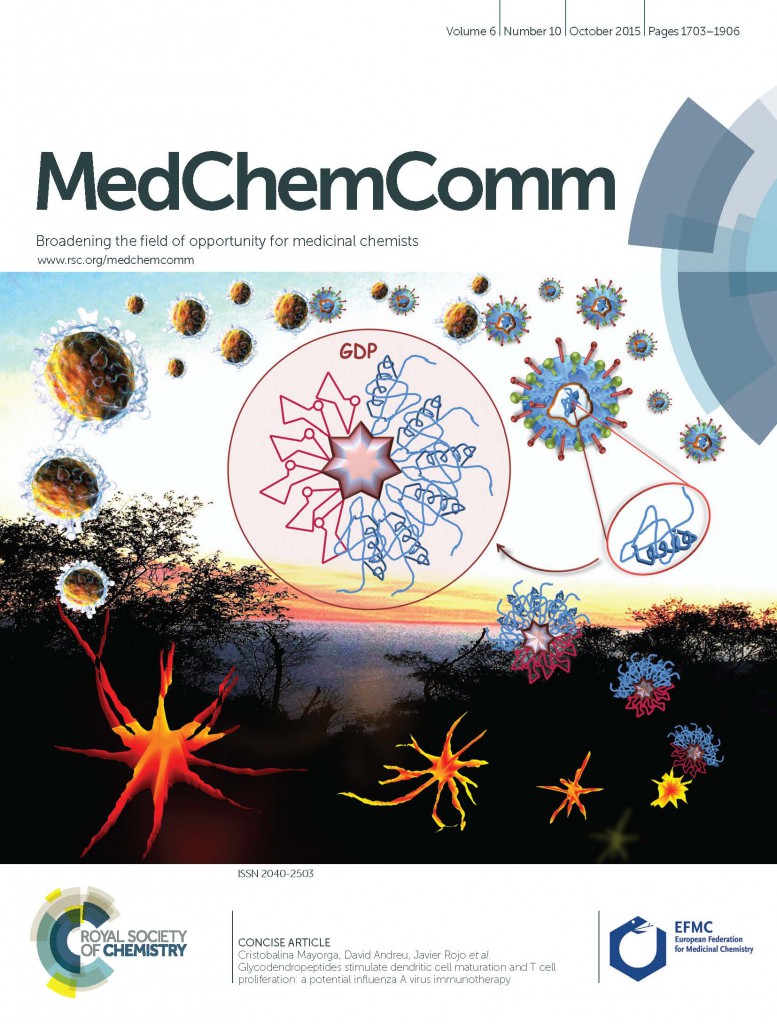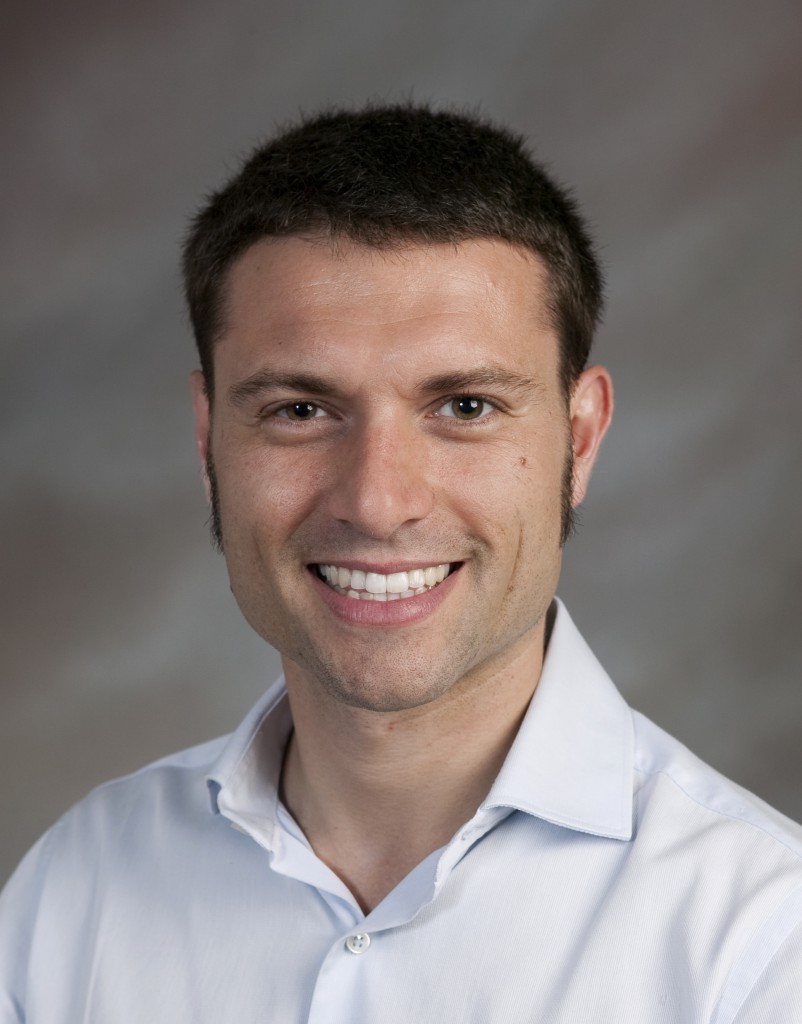The articles below are the most read MedChemComm articles in July, August and September 2015.
Transition metal diamine complexes with antimicrobial activity against Staphylococcus aureus and methicillin-resistant S. aureus (MRSA)
G. W. Karpin, D. M. Morris, M. T. Ngo, J. S. Merola and J. O. Falkinham III
DOI: 10.1039/C5MD00228A, Concise Article
Multivalent glycoconjugates as vaccines and potential drug candidates
Sumati Bhatia, Mathias Dimde and Rainer Haag
DOI: 10.1039/C4MD00143E, Review Article
Polypharmacology modelling using proteochemometrics (PCM): recent methodological developments, applications to target families, and future prospects
Isidro Cortés-Ciriano, Qurrat Ul Ain, Vigneshwari Subramanian, Eelke B. Lenselink, Oscar Méndez-Lucio, Adriaan P. IJzerman, Gerd Wohlfahrt, Peteris Prusis, Thérèse E. Malliavin, Gerard J. P. van Westen and Andreas Bender
DOI: 10.1039/C4MD00216D, Review Article
Towards understanding cell penetration by stapled peptides
Qian Chu, Raymond E. Moellering, Gerard J. Hilinski, Young-Woo Kim, Tom N. Grossmann, Johannes T.-H. Yeh and Gregory L. Verdine
DOI: 10.1039/C4MD00131A, Concise Article
Rational design of protein–protein interaction inhibitors
Didier Rognan
DOI: 10.1039/C4MD00328D, Review Article
Magic molecule modifiers
Derek Lowe
DOI: 10.1039/C5MD90028J, In the Pipeline
Optimisation of a triazolopyridine based histone demethylase inhibitor yields a potent and selective KDM2A (FBXL11) inhibitor
Katherine S. England, Anthony Tumber, Tobias Krojer, Giuseppe Scozzafava, Stanley S. Ng, Michelle Daniel, Aleksandra Szykowska, KaHing Che, Frank von Delft, Nicola A. Burgess-Brown, Akane Kawamura, Christopher J. Schofield and Paul E. Brennan
DOI: 10.1039/C4MD00291A, Concise Article
Identification of an inhibitor of the ubiquitin–proteasome system that induces accumulation of polyubiquitinated proteins in the absence of blocking of proteasome function
Caroline Haglund, Chitralekha Mohanty, Mårten Fryknäs, Padraig D’Arcy, Rolf Larsson, Stig Linder and Linda Rickardson
DOI: 10.1039/C3MD00386H, Concise Article
Amphiphilic designer nano-carriers for controlled release: from drug delivery to diagnostics
Malinda Salim, Hiroyuki Minamikawa, Akihiko Sugimura and Rauzah Hashim
DOI: 10.1039/C4MD00085D, Review Article
Design and synthesis of potent and selective inhibitors of BRD7 and BRD9 bromodomains
Duncan A. Hay, Catherine M. Rogers, Oleg Fedorov, Cynthia Tallant, Sarah Martin, Octovia P. Monteiro, Susanne Müller, Stefan Knapp, Christopher J. Schofield and Paul E. Brennan
DOI: 10.1039/C5MD00152H, Concise Article
Read more »
Comments Off on What are your colleagues reading in MedChemComm?















